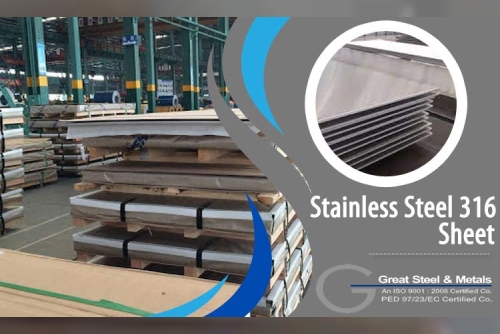Orthotics are prescribed to redistribute pressure and facilitate precise foot functioning. They can be used to stabilise a foot condition, reduce pain or simply improve the efficiency of the lower limbs. Thus, the recommended wear-time for orthotics depends on the reason you are wearing them.
Many people have to deal with biomechanical foot deformities and using orthotics daily becomes necessary for them. On the other hand, some people get orthotics as a sore feet treatment following an injury.
Simply put, the answer for the wear-time of orthotics is totally subjective. Read this post till the end to find out the recommended wear time for your foot condition.
When do you need custom orthotics?
In order to find out how long you have to wear orthotics, you need to first understand what kind of pain issues you are addressing with orthotics.
People who wear orthotics either have biomechanical dysfunction or are dealing with misalignment due to overuse. A thorough assessment by a foot doctor is needed to understand what type of treatment is best to realign the hurting ankle or foot.
In some cases, it’s the arch of the foot that creates discomfort requiringorthoses for sore heel treatment. A detailed discussion, footwear inspection, and in-depth analysis of your condition help a podiatrist to diagnose your condition correctly and prescribe you the required orthotic therapy.
Depending on your foot condition, you might need off-the-shelf orthotics or custom-made personally fitted orthotic devices. Your podiatrist will then guide you about the recommended wear time to help you improve foot functionality.
Will you be using orthotics forever?
The answer to this question depends on the foot alignment and biomechanics of an individual. If you are visiting a podiatrist for common issues like a flat foot or high arches, chances are higher that you will be prescribed orthotics for regular use.
Others may only need orthotic therapy until the alignment problems get solved and the injured or inflamed tissues are healed.
Flat feet or high arches: People with these foot types might have to wear orthotics for the long term to deal with chronic foot pain.
Wearing orthotics helps reduce the risk of plantar fascia. Someone with a flat foot or high arch must not stop wearing orthotics when they start feeling better.
Consider the example of vision loss which is permanent. You can see better with your new glasses which you are supposed to be wearing regularly. Wearing glasses for a few weeks will not improve your loss of vision. The underlying problem is still there; you are only using a device to aid your vision. Similarly, if your foot conditions are related to flat feet or high arches, a permanent solution to the problem is orthotics.
Inflamed tissues: Orthotics are also prescribed to heal tissues affected by injuries or overuse. You might have to wear the orthotics only for a recommended period. Moreover, weight loss, strength training and decreasing painful activities are also suggested to reduce the wear time of orthotics.
Short term orthotics are required to reduce pressure on inflamed and injured tissues. A suitable example can be a sports related injury. Despite having normal foot function, athletes often hurt their feet because of excessive training.
Orthotics are even helpful in reducing the likelihood of injuries during training. Custom orthotics redistribute the pressure through the foot to ensure normal foot function even when you strain lower limbs during training.
How long do you have to wear orthotics for injuries and overuse?
There are many factors that determinethe recommended wear time for short or medium term orthotic therapy. A podiatrist will assess the injury, your activity levels, your foot biomechanics, and your strengthening program to determine the required duration for orthotic therapy.
Depending on the above listed conditions, the wear time for short term or medium term orthotic therapy can be anywhere between 3-12 months.
Once you start feeling better, you can either stop using orthotics or continue wearing them to further improve foot function during training or strenuous activities.
What happens to your feet when you wear orthotics for the long term?
Orthotics are proven beneficial to improve the function of your feet. The support allows muscles to work properly and let you enjoy mobility without any pain or discomfort.
No scientific evidence has been provided which depicts the foot muscles becoming weak from orthotics. On the other hand, regular usage is beneficial and helpful for people to improve their quality of life.
Moreover, when you choose toregularlywear orthoses or custom-fitted diabetic footwear, the risk of injuries and other foot-related complications becomes less.
If flat feet or high arches are causing discomfort,you might have to commit to custom-fitted orthotics for a longer duration. The rest of the foot complications can be tackled with short term or medium term usage of orthotics. Visit Suncoast Podiatry, to consult the best podiatrist on the Sunshine Coast for ongoing foot pain or any other complications that require orthotic therapy.












